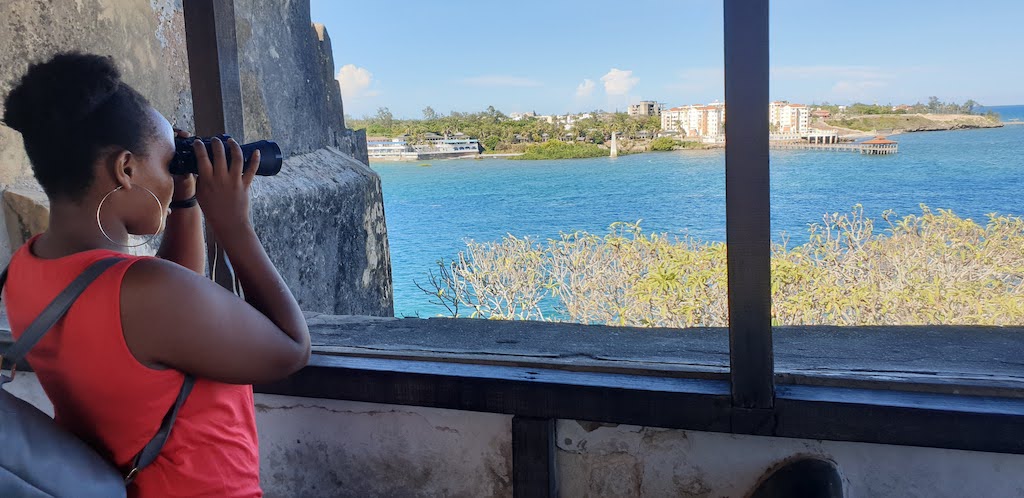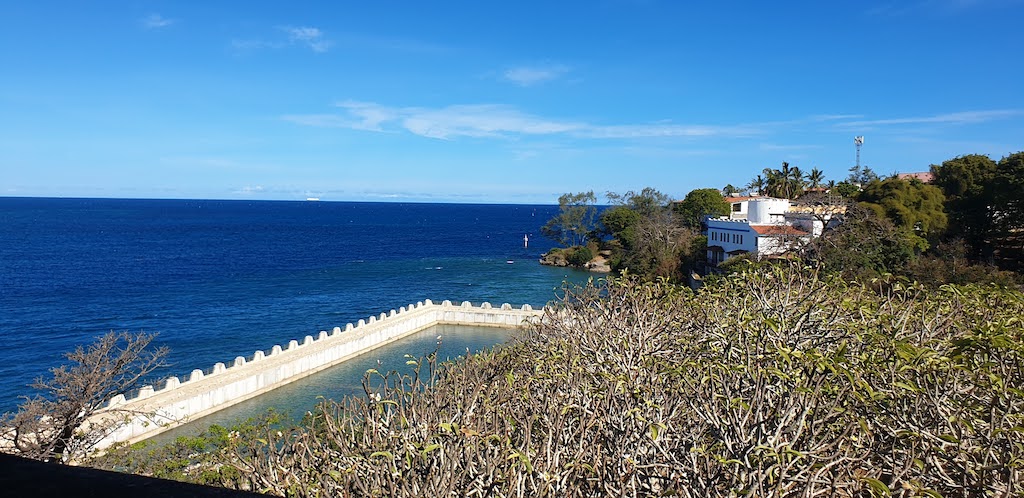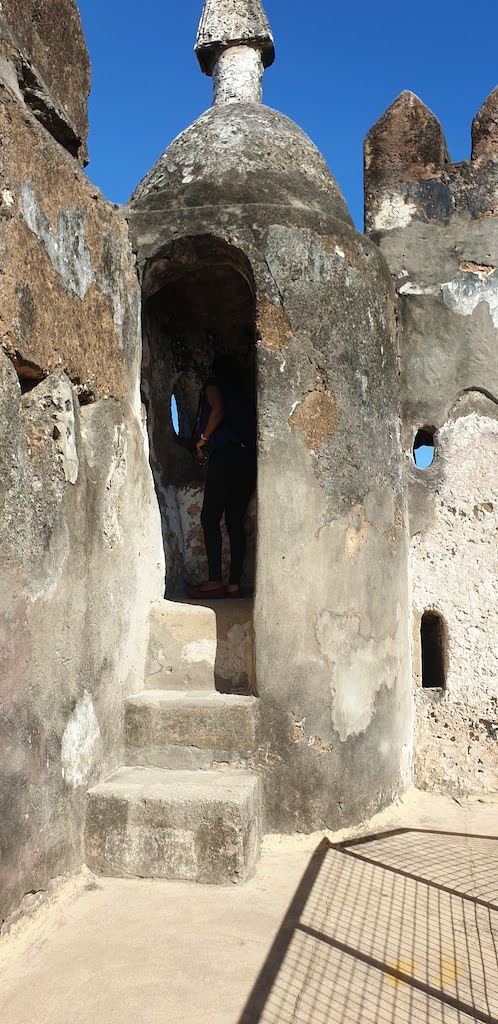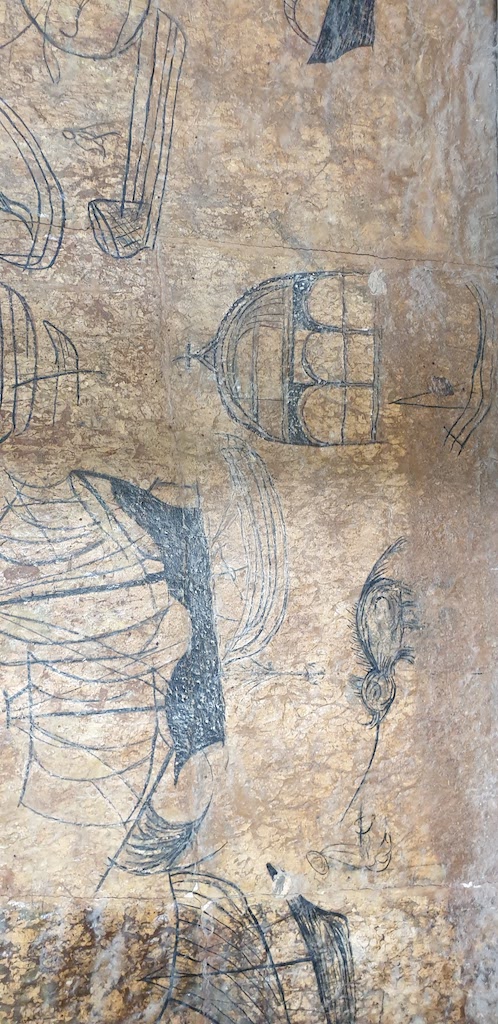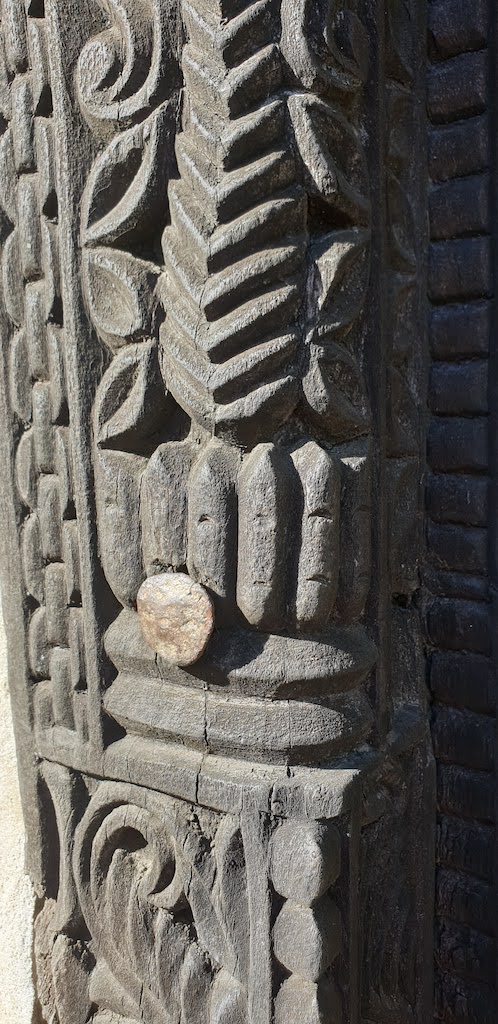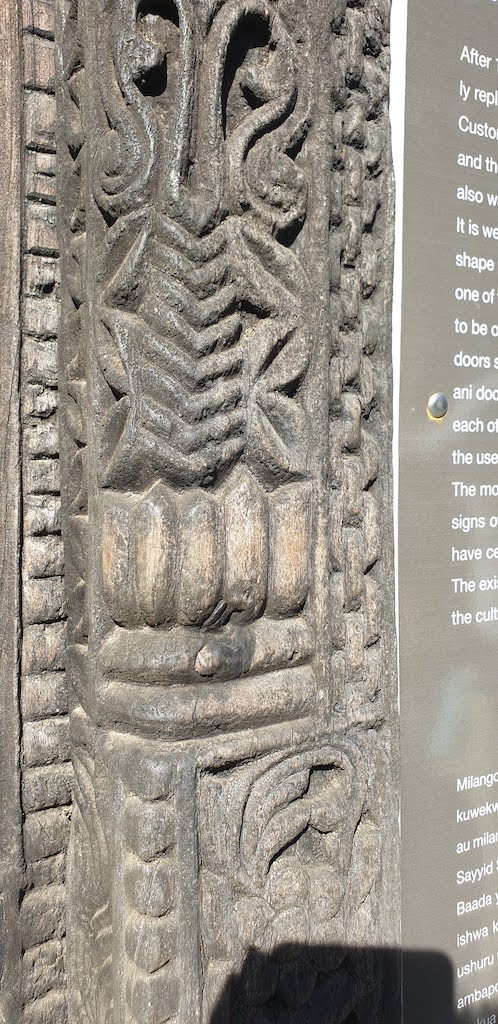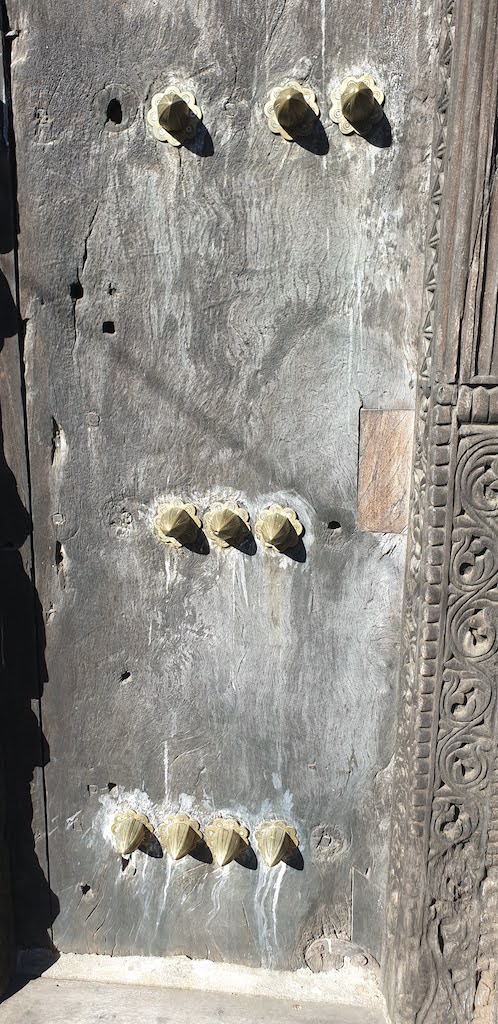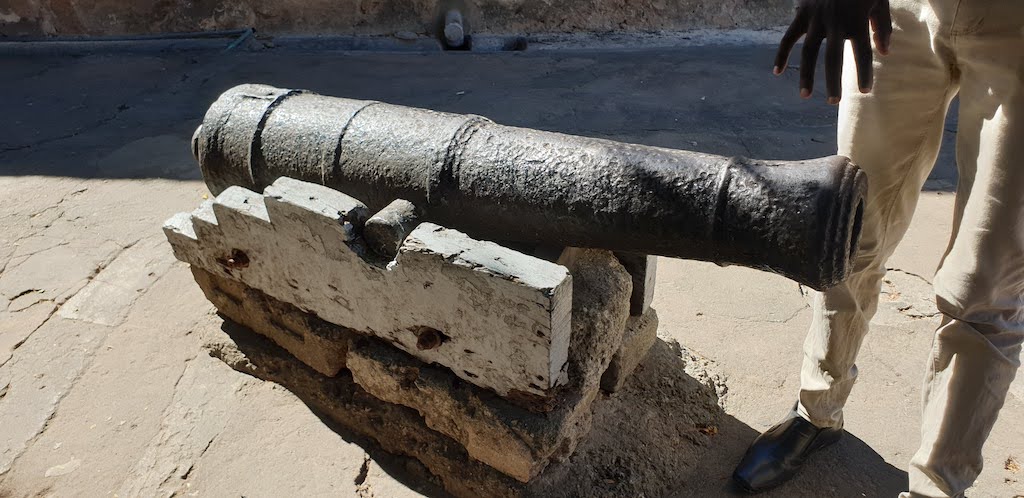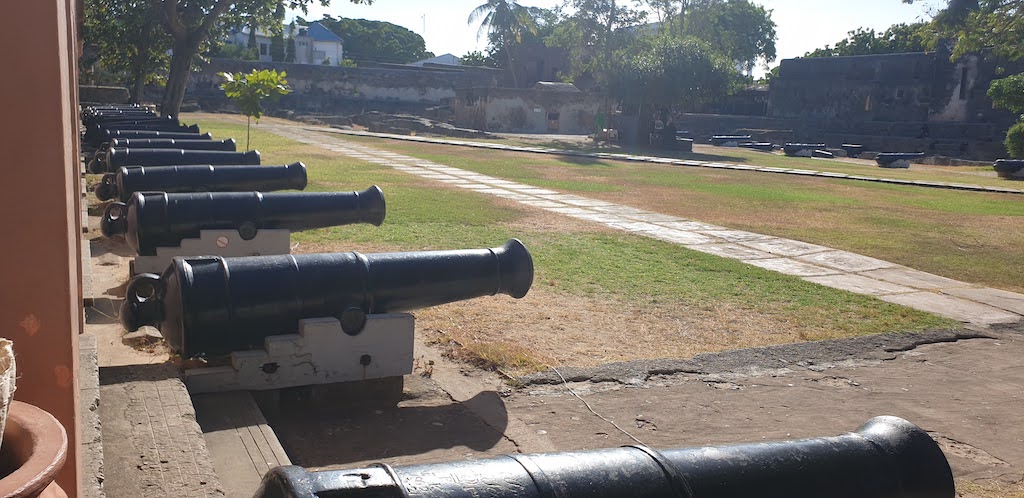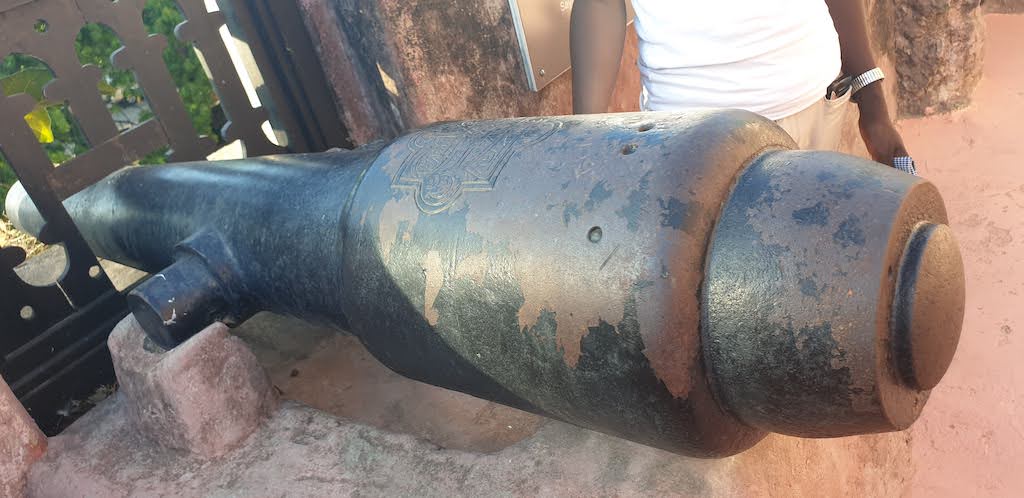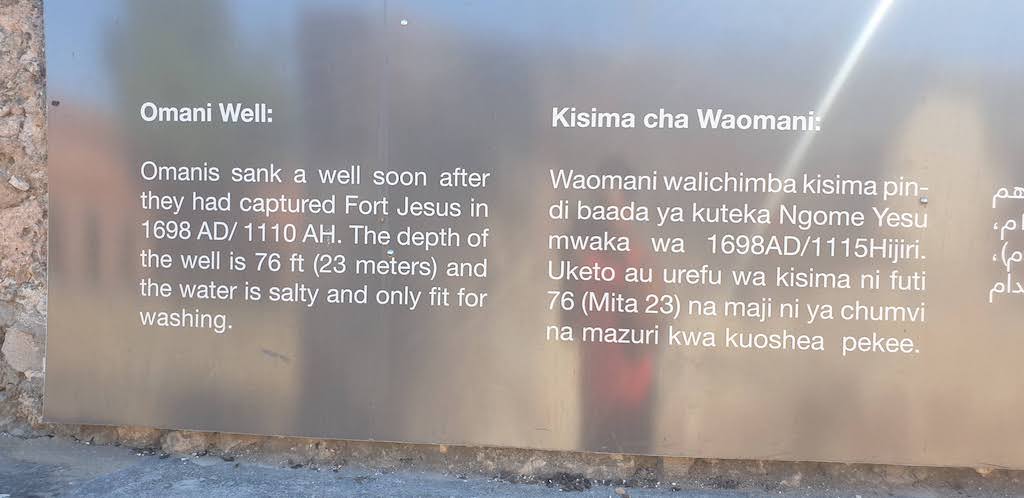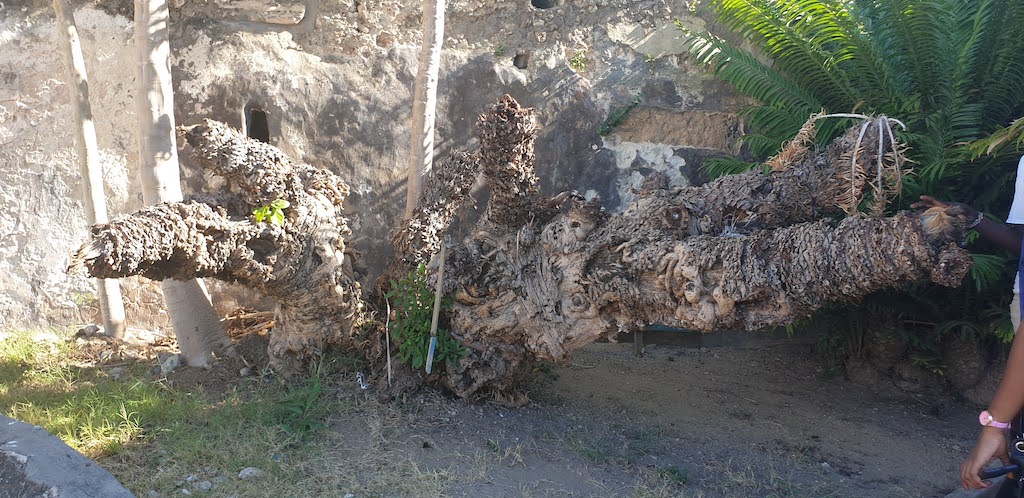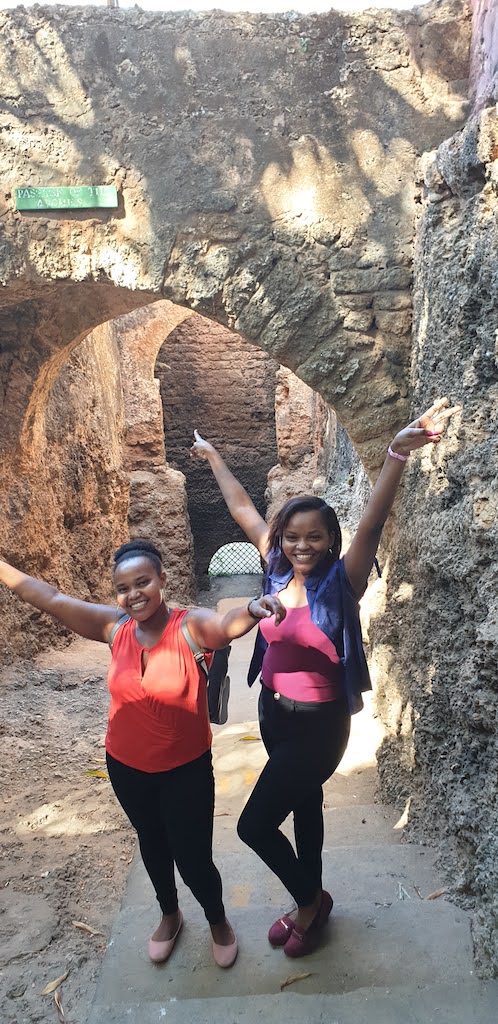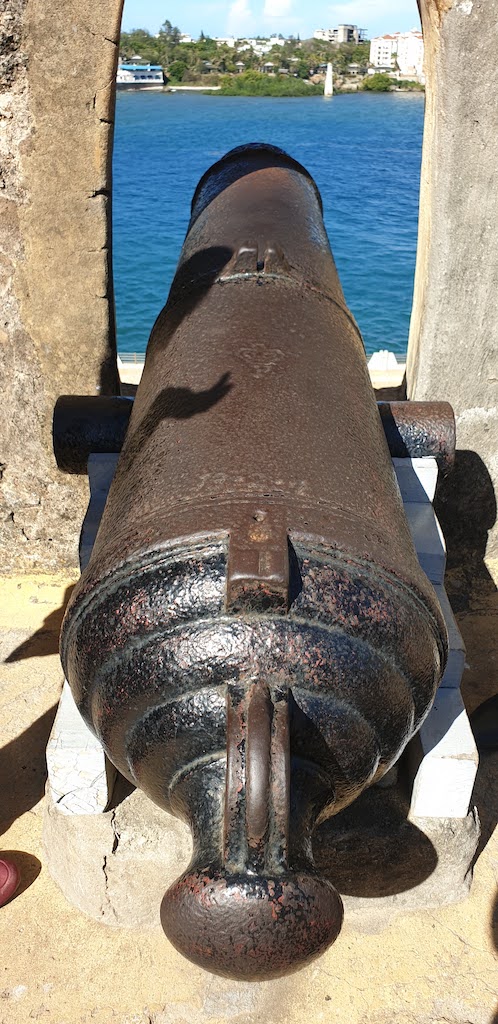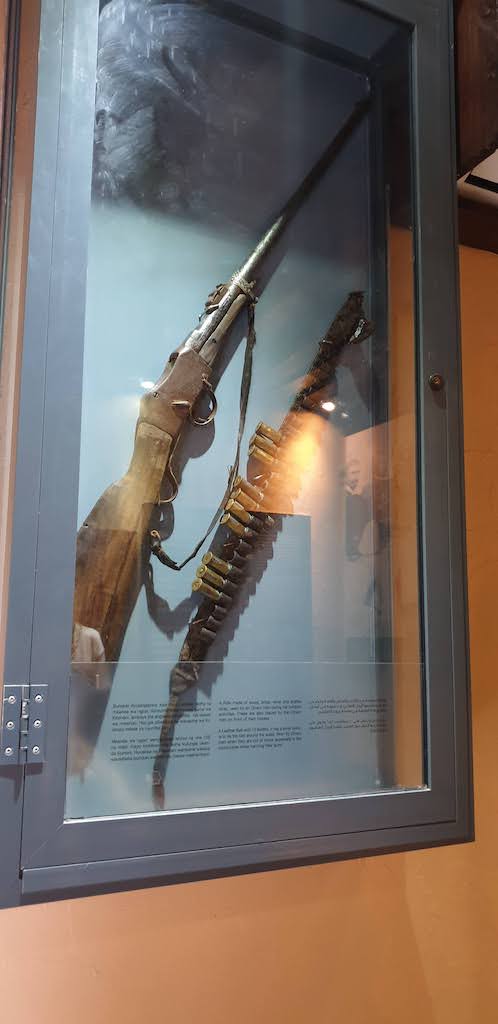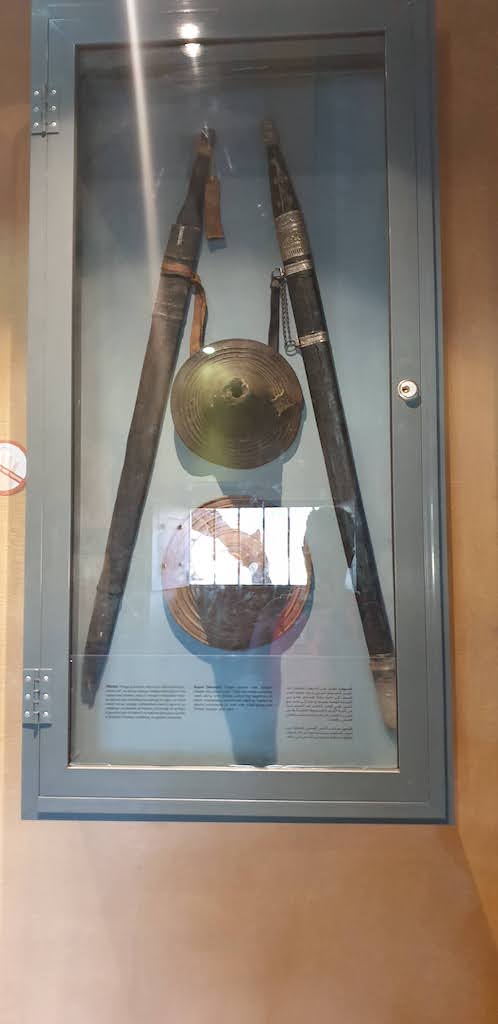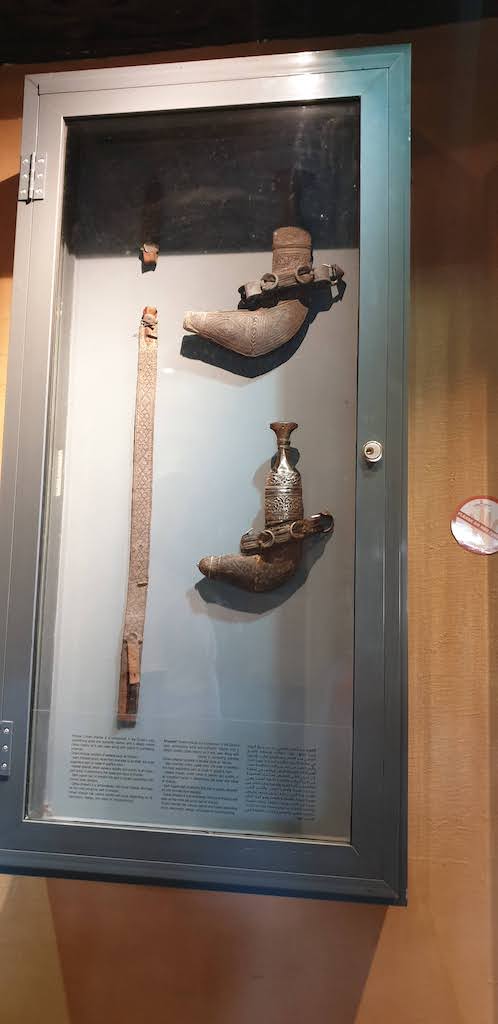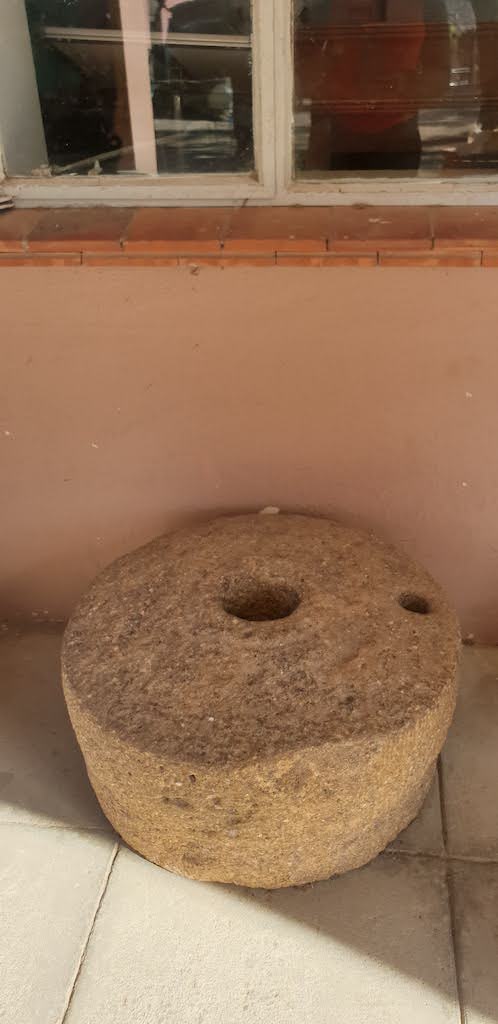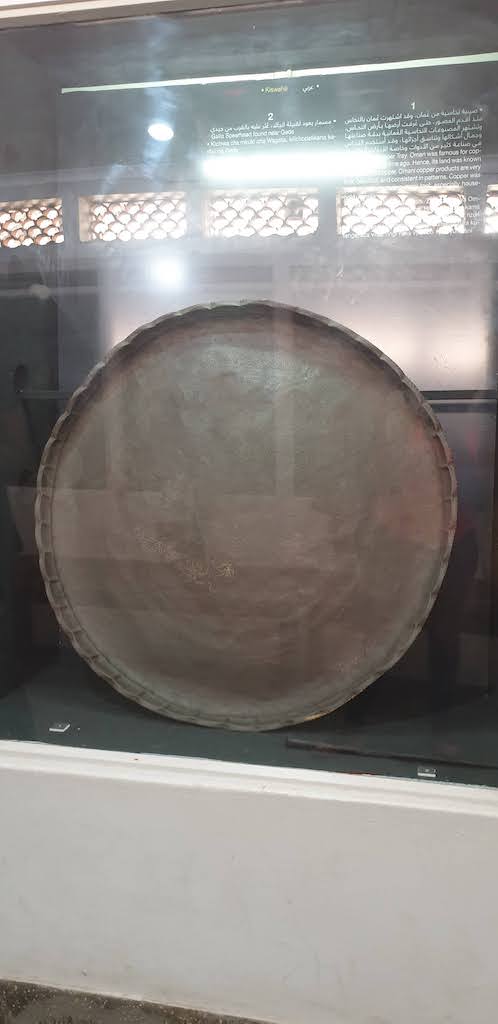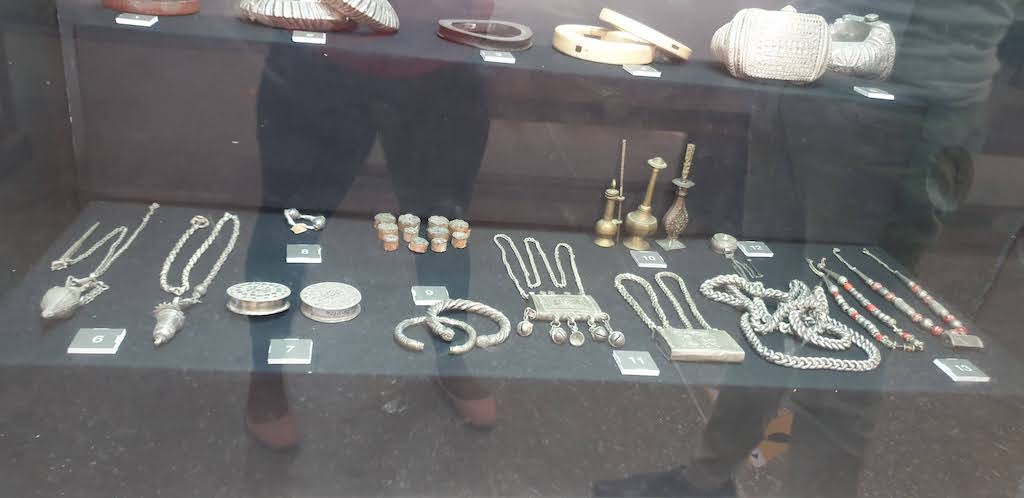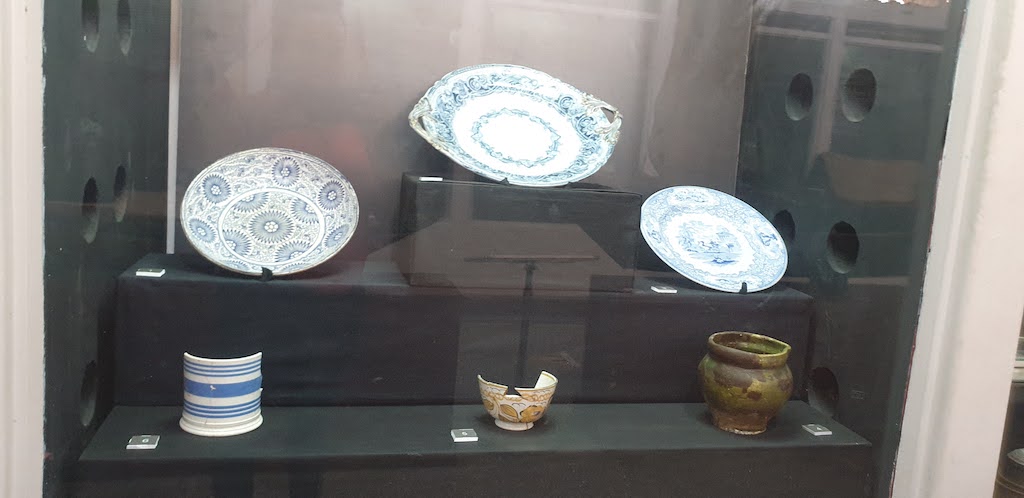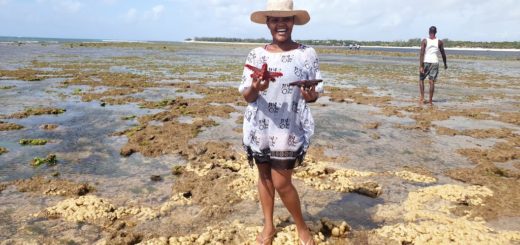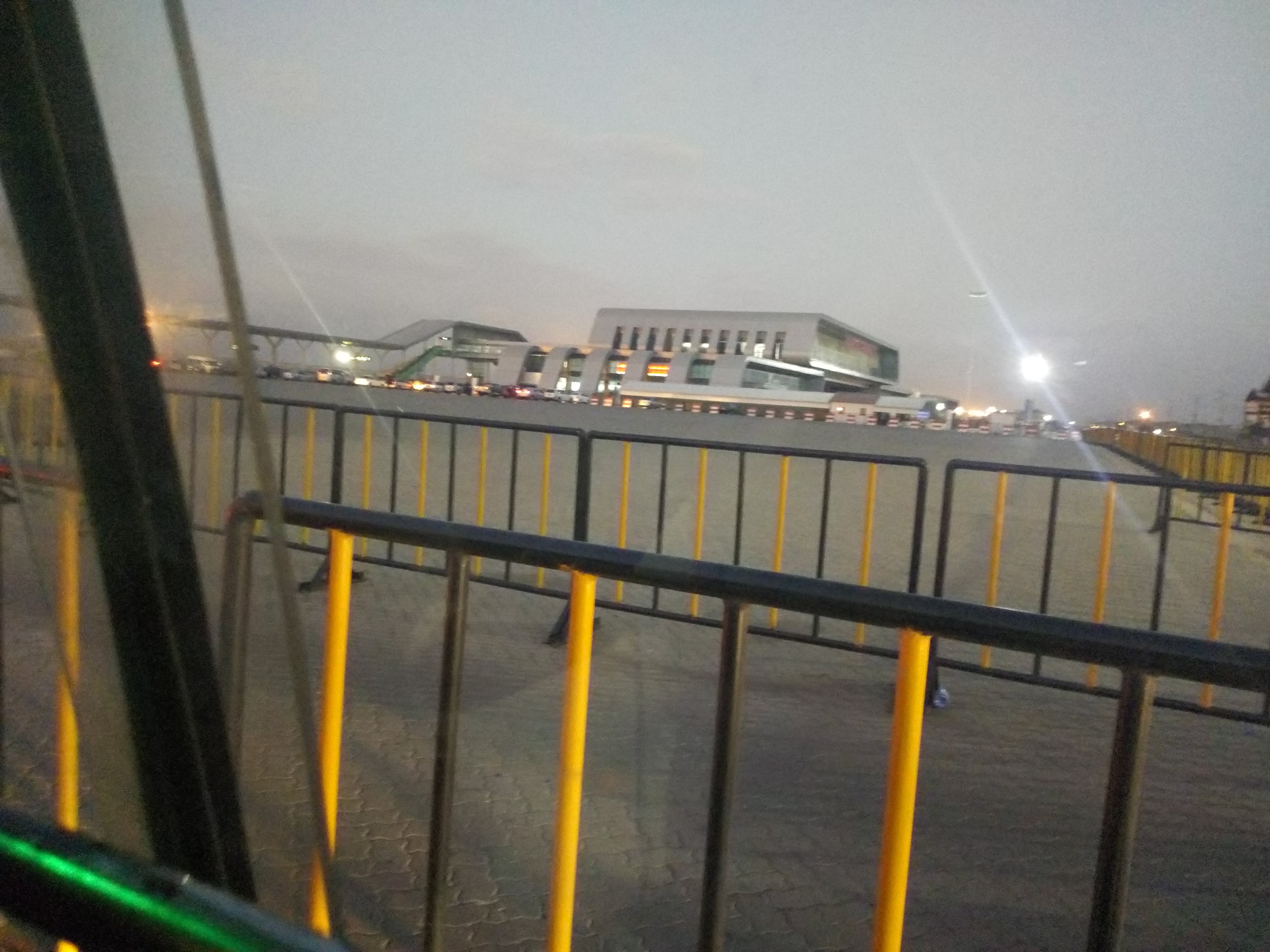Fort Jesus: A Brief History
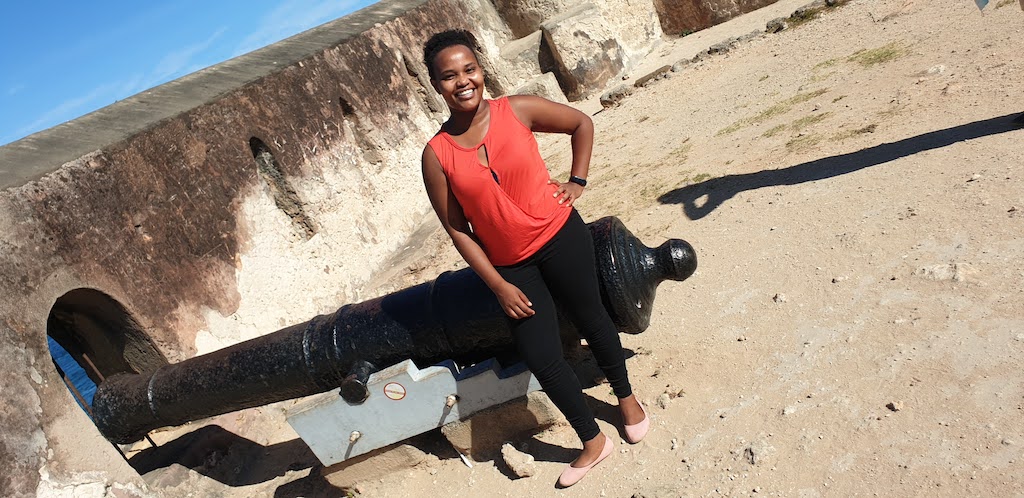
Fort Jesus was built by the Portuguese between 1593 and 1596. Its main aim was to protect the port of Mombasa which was an important point of the trade route to India. The fort was designed by Giovanni Battista Cairati, in the shape of a human body when viewed from above. It remains one of the most preserved 16th-century Portuguese military fortifications. Rich with a history of conquests and trade, it is a place everyone should want to visit. In 2011, it was declared a World Heritage Site by UNESCO, and today it is one of the most visited tourist attractions in Mombasa.
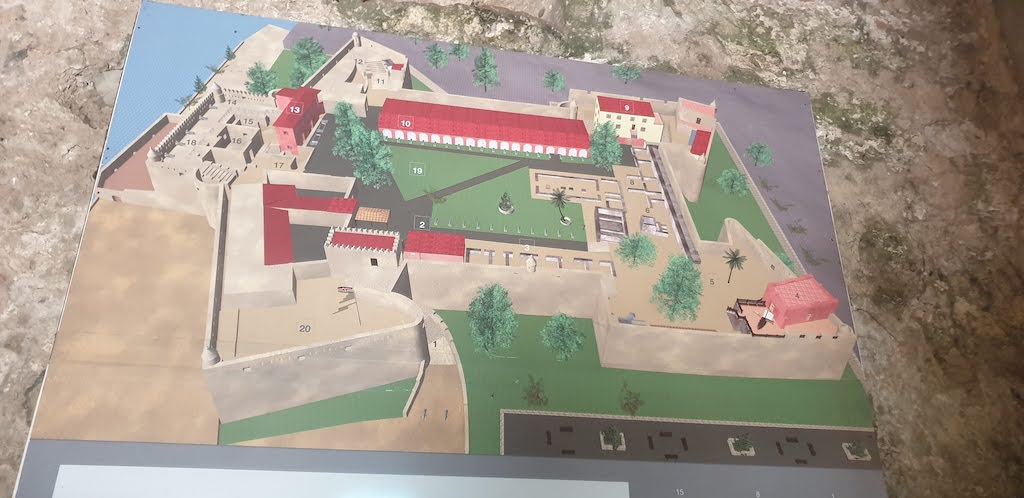
Fort Jesus was occupied by three different settlers, the Portuguese, the Oman Arabs, and the British. Each occupant made various changes to some of the elements of the Fort, as well as revised the purposes of different rooms.
The fort is an example of the Renaissance Architecture, but the materials came from the locals. With most of it made of corals.
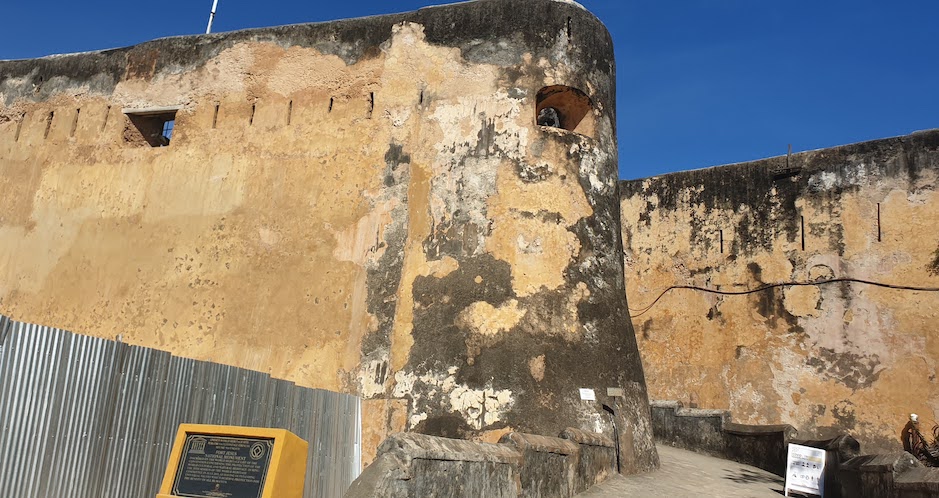
The Portuguese used Fort Jesus as a military base and as a way to guard their trade route. Most of their storage was used to store weapons and ammunition. During their reign, the fort was captured and recaptured nine times. They used five main entrances and four watchtowers that gave a perfect view of the ocean and oncoming ships.

Portuguese watchtower 
Art by Portuguese depicting their life in the fort, including the rats they ate during the siege
The Oman Arabs
The Oman Arabs finally took siege of Fort Jesus after a 2-year (1696-1698) standoff between them and the Portuguese. Hunger(when there was no more food left, the soldiers and slave would eat rats) and disease killed most of the Portuguese soldiers but at the end of the siege, until only nine soldiers remained, at which point, the Oman Arabs invaded and took the Fort.
The Oman Arabs main business was the slave trade. They, therefore, turned the fort into the centre of the slave trade. They would keep slaves up to three days waiting for the trade. There is a bell in Old Town, Mombasa which was rung to notify traders that the slaves were ready. The Arabs also changed some aspects of the fort such as the doors and changed the rooms where weapons were kept to be used to chain slaves. They also build quarters for the Sultan and got rid of the church. When they took the fort, they were afraid to use the well dug by the Portuguese, in fear that it might have been poisoned. They, therefore, dug their own well, which is used to date. They also added their doors which was marked by various symbols such as the prayers, six pillars and codes for protection.

6 pillars 
5 Prayers 
Had multiple codes to confuse thieves 
The Oman Door
British Invasion
The British were invited by the Arabs in hopes of gaining allies to protect them from the settlers surrounding them such as the French and the Germans. The British accepted the invitation but gave the Arabs an ultimatum that they had to end the slave trade. When the Arabs refused to comply, the British forcefully took occupancy of the fort. The British then turned the fort into a prison. The fort remained a prison until 1958 when it was declared a national park.
Today Fort Jesus is a popular tourist attraction that serves a rich history. It contains items such as Portuguese chair, shipwreck remains, pottery, ceramics, e.t.c It also houses a sycamore tree that is 500-year-old and multiple canons used by its three main occupants.

Portuguese Canons 
The view in the yard 
Oman canons 
Oman Arab toilets 
The Oman Arab well 
The Sycamore tree 
Girl pals reunion😍 
The British Canon 
The guns brought by the British 
Swords and shields 
The Arab dagger that was used to snap necks 
Used to grind gun powder 
Massive shields (seems too heavy) 
Silver Oman jewellery 
Ceramics from China (major partners in the Indian ocean trade)
It is definitely a place worth a visit when you are in Mombasa. You will get a guide, mainly interns, who will walk around with you explaining everything, including where the toilets and urinals were, and how they drained into the ocean (🤢 nasty people). I hope you have as much fun as I did. After this, you can take a tuk-tuk to Haller Park and experience the more modern side of this coastal city.
Read about my visit to the south coast or Ndoro sculpture garden.

